Exploring the past
Pembrokeshire is steeped in history. Discover it’s iron age history at Pentre Ifan and Castell Henllys or explore the battlements and keeps of the castles nearby. Take time out to visit the looms of the National Wool Museum and see the industrial revolution in action.
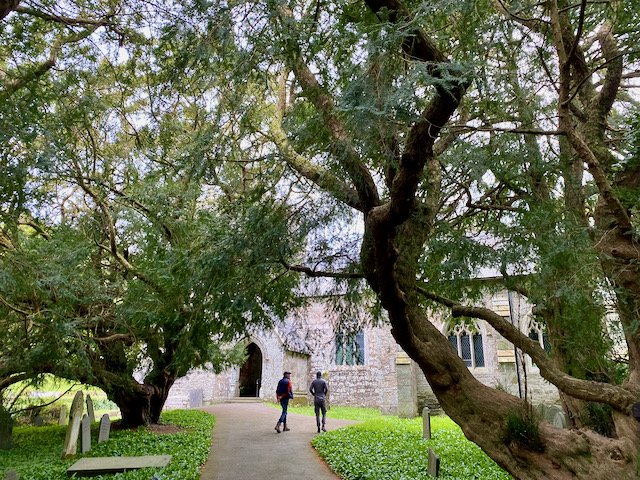
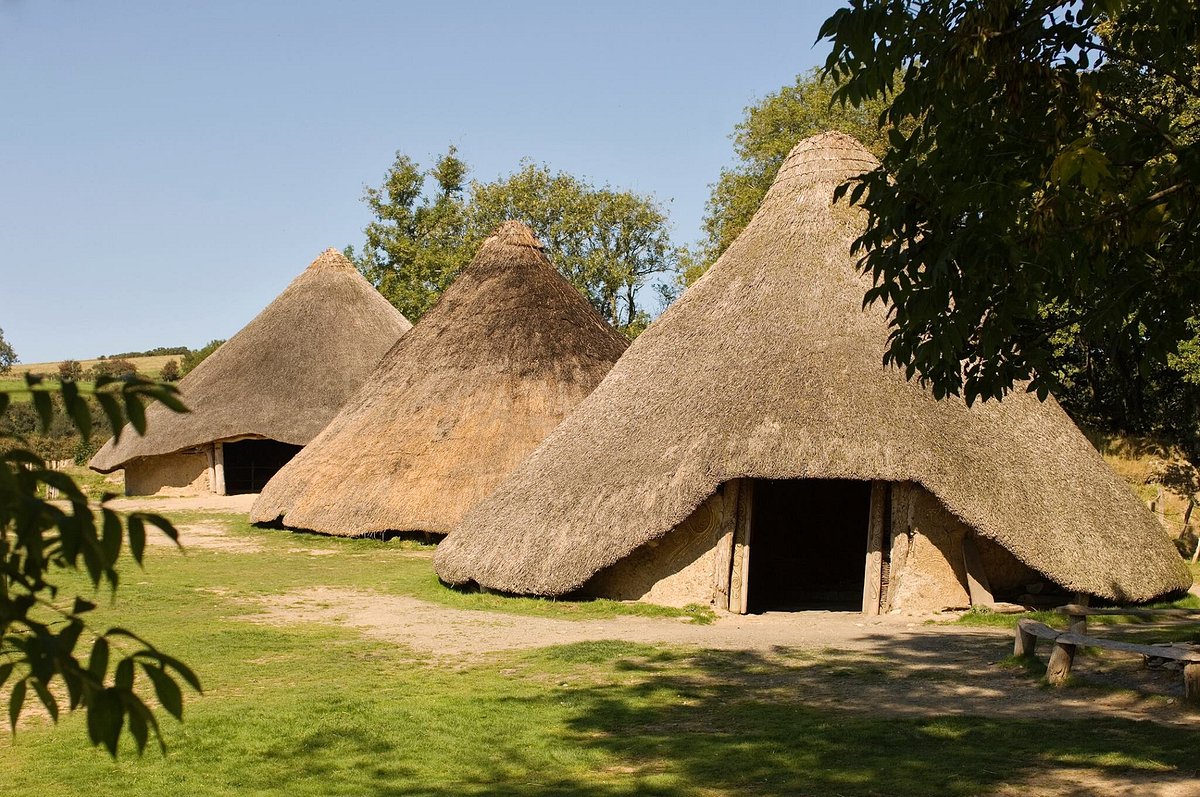
Castell Henllys Iron Age Fort
Castell Henllys is a Scheduled Ancient Monument and one of many prehistoric promontory forts in the National Park dating to around 600BC. Enjoy a prehistoric day out at Castell Henllys and immerse yourself in the only Iron Age village in Britain where the roundhouses have been reconstructed on the very spot they would have stood 2,000 years ago. Dogs welcome and activities for children.
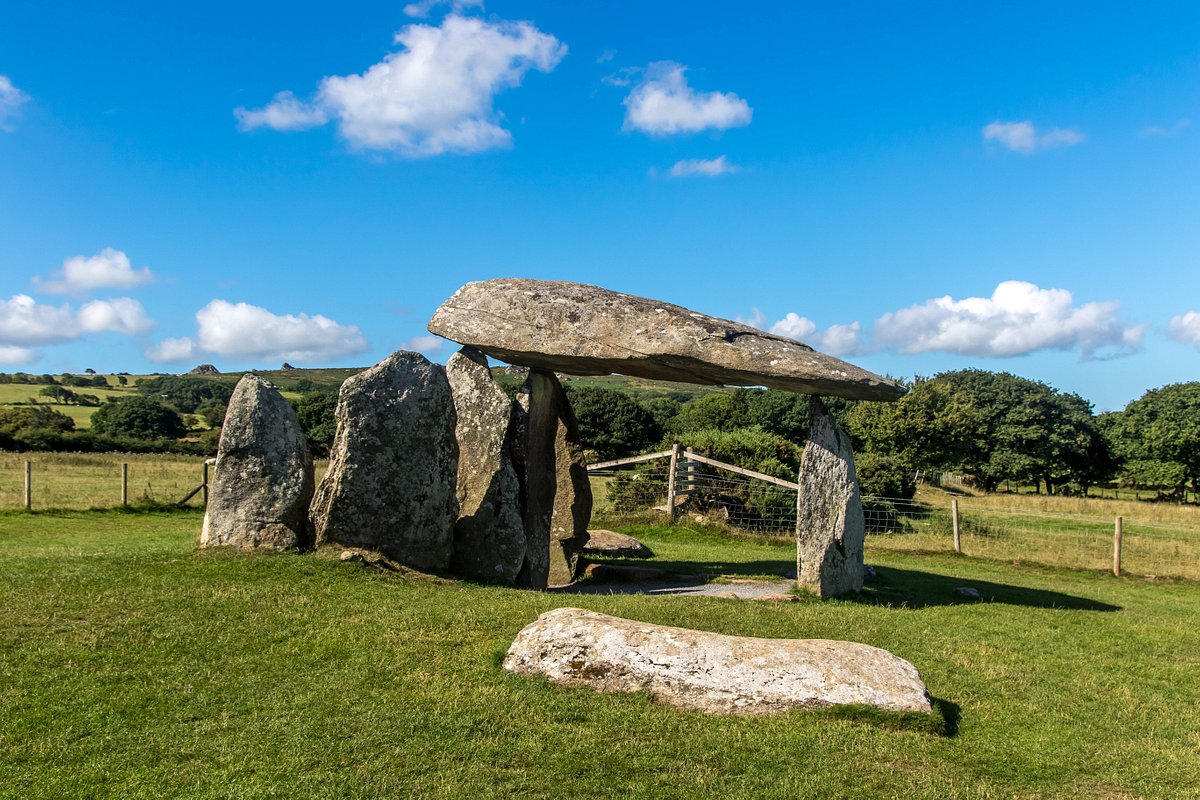
Pentre Ifan
Pentre Ifan takes us back to Neolithic (New Stone Age) times, when our ancestors buried their dead in tombs such as this. Visit the bare bones of a burial chamber that would originally have been covered with an earthen mound. The giant 16½ft/5m ‘capstone’ appears to be precariously balanced on three ‘uprights’, though it has remained in place for over 5,000 years.
Pentre Ifan’s sense of mystery is heightened by its surroundings and backdrop. Its outline neatly frames the Preseli Hills towering above, source of the famous Pembrokeshire ‘bluestones’ that went into the making of Stonehenge as well as Pentre Ifan itself.
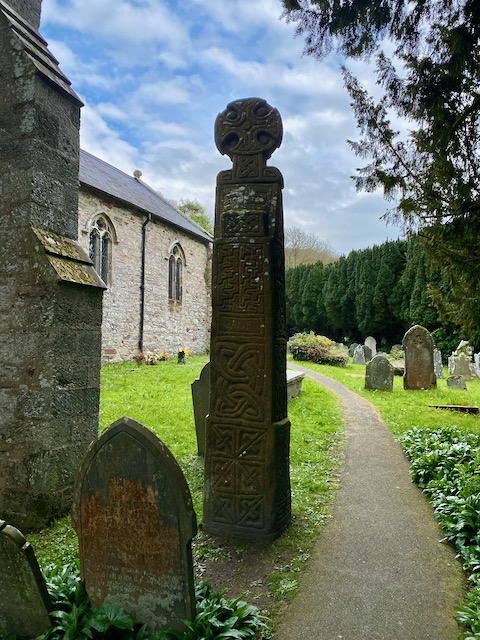
Historic Nevern
A walk around beautiful Nevern is highly recommended. St Brynach’s Church dates from the 13t Century and you’ll find the Nevern Cross (11t century) and The Bleeding Yew in the graveyard. There is a gentle walk up to the ruins of the castle above and you’ll find the Pilgrim’s Cross en route.
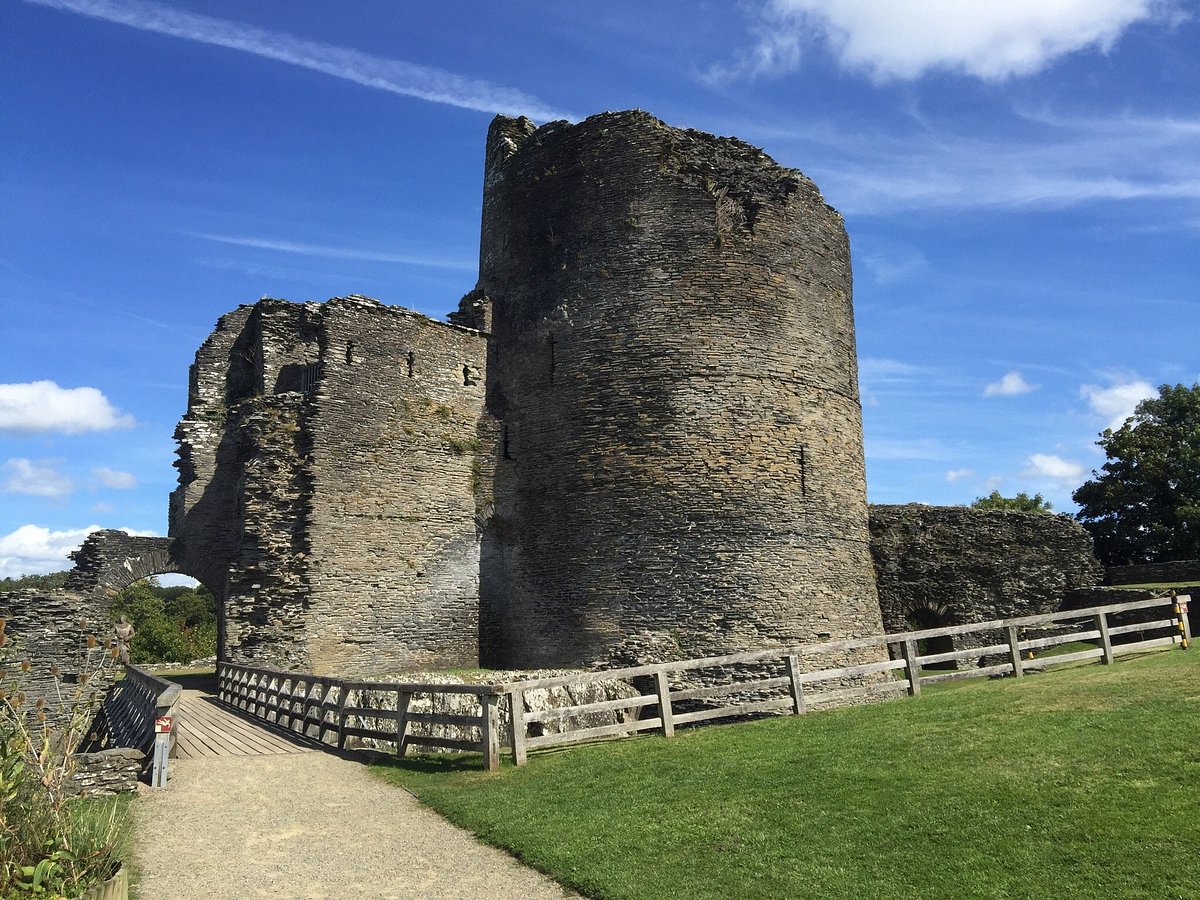
Cilgerran Castle
Cilgerran is one of the most spectacularly sited castles in Wales. Its two great round towers loom high above the deep gorge of the River Teifi and the fast-flowing stream of the Plysog.
The perfect spot, you might have thought, from which the invading Anglo-Normans could defend their newly conquered lands. Take the thrilling wall-walk from the east tower to understand just what a daunting obstacle it must have presented to the rulers of the ancient kingdom of Deheubarth.
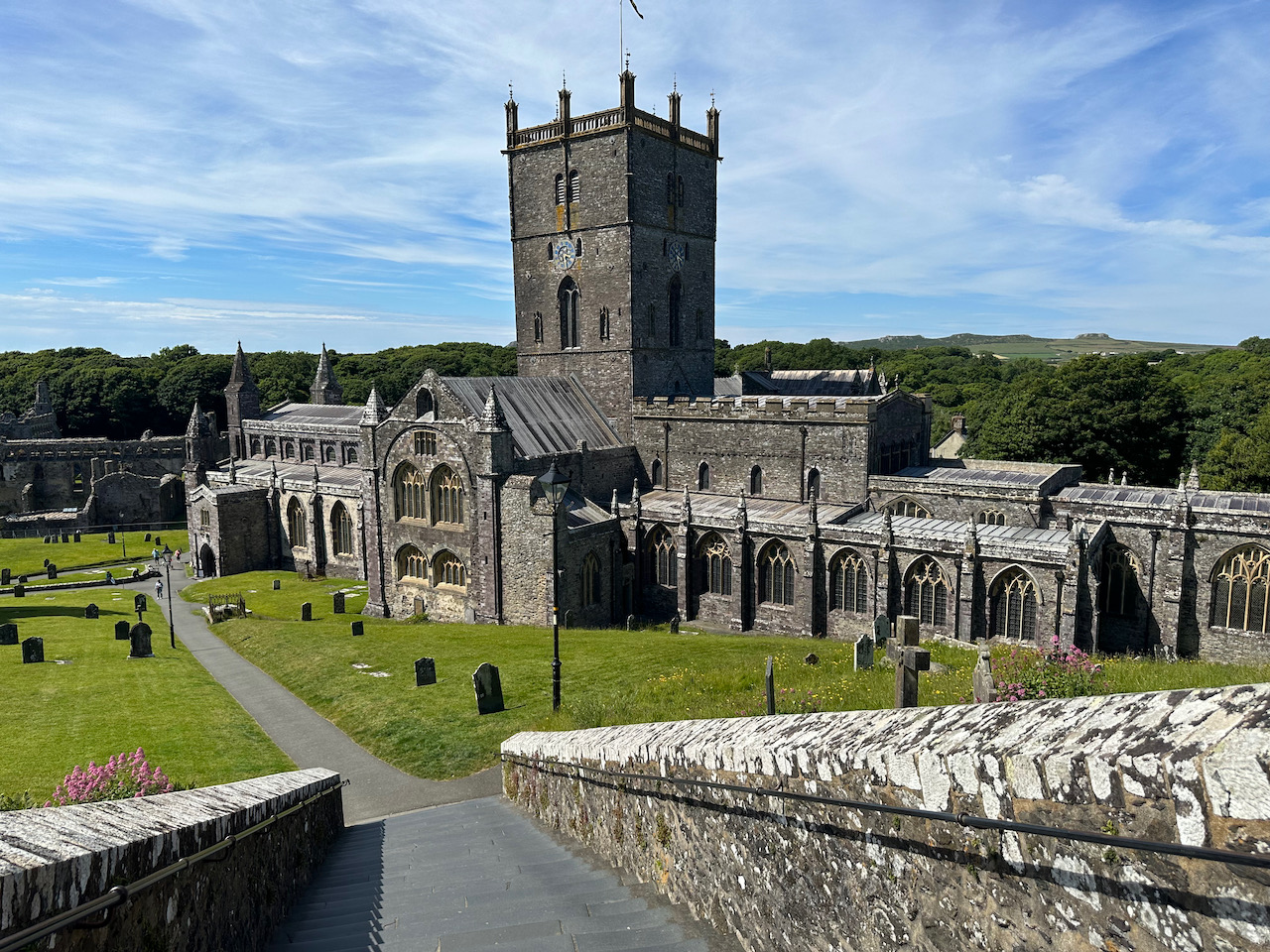
St David’s Cathedral
St David’s is an hour South on the beautiful A487 coast road and it makes for a wonderful day trip.
The cathedral is really breathtaking. Simple yet magnificent St David’s cathedral seems to capture all that is wonderful about Wales. Stroll around the grounds enjoying an ice cream then take a step back in time…
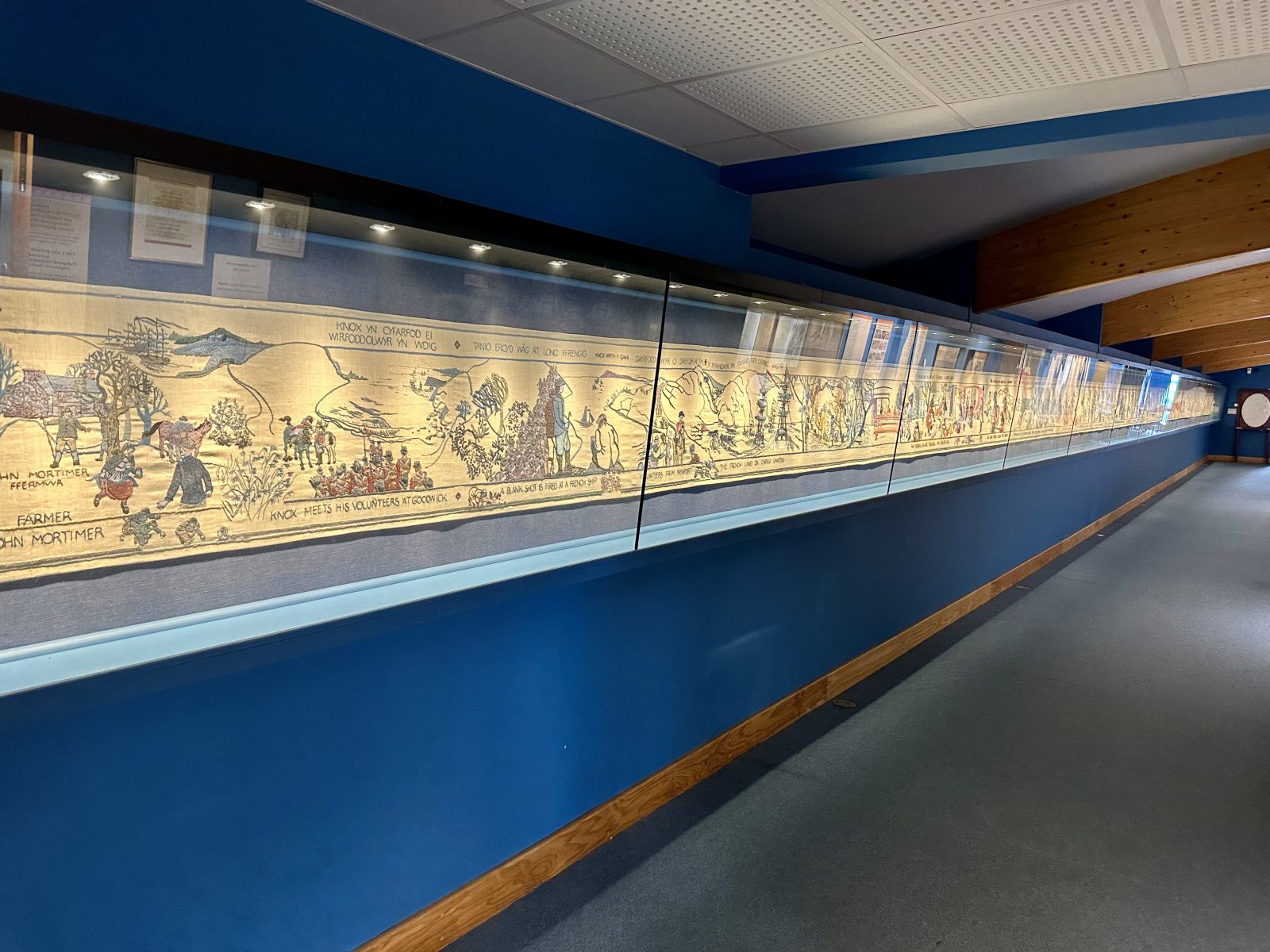
The Fishguard Tapestry
In 1797 the last ever invasion of mainland Britain took place when a French force landed three miles west of Fishguard in Pembrokeshire, Wales. The fascinating story of this event is told in this embroidered tapestry which was designed and sewn by around 80 local women. It is in a similar format and shape as the Bayeux tapestry and like the Bayeux tapestry is 100 foot long. The tapestry was commissioned as a permanent legacy of the Invasion Bicentenary commemorations in 1997. It took four years to complete and is on permanent exhibition in our purpose built gallery attached to the Library in Fishguard Town Hall.
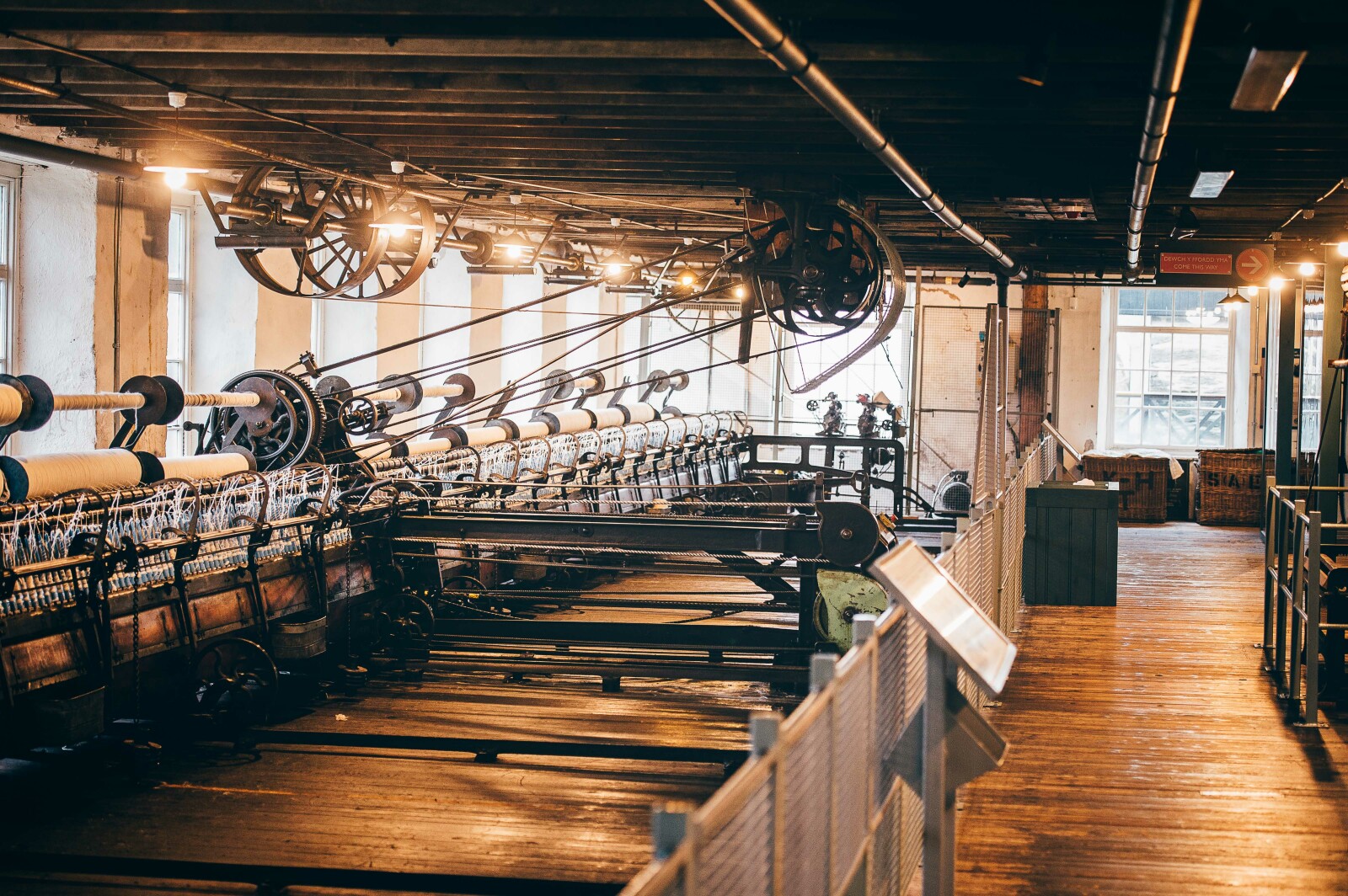
The National Wool Museum
Wool was historically the most important and widespread of Wales’s industries. The picturesque village of Dre-fach Felindre in the beautiful Teifi valley was once the centre of a thriving woollen industry,
Located in the historic former Cambrian Mills, shirts and shawls, blankets and bedcovers, woollen stockings and socks were all made here, and sold in the surrounding countryside – and to the rest of the world.








